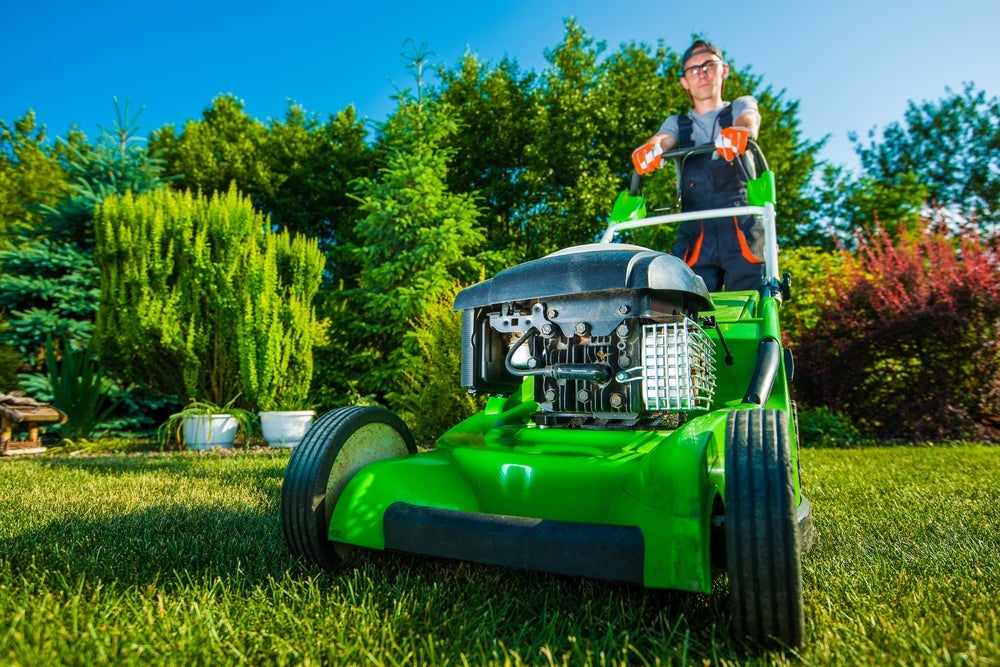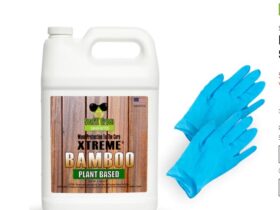Introduction
A well-maintained lawn is the pride of any homeowner. Achieving that lush green carpet of grass requires dedication, knowledge, and a few simple yet effective practices. This comprehensive guide will walk you through the step-by-step process of achieving a beautiful and healthy lawn. From understanding the basics of lawn care to troubleshooting common issues, we have got you covered!
Understanding the Basics of Lawn Care
Choosing the Right Grass Type
The first step in creating a beautiful lawn is choosing the right grass type for your region and climate. Different grass varieties have varying water and sunlight requirements, so it’s essential to select one that thrives in your area.
Soil Testing and Preparation
Before starting any lawn care routine, it’s crucial to conduct a soil test to assess its nutrient content and pH level. Proper soil preparation ensures that your lawn has a strong foundation for healthy growth.
Proper Mowing Techniques
Mowing is a crucial aspect of lawn care. Learn the correct mowing height and frequency to encourage healthy growth and prevent damage to the grass.
Watering Your Lawn Effectively
Watering your lawn properly is key to its survival. Understand the right watering schedule and techniques to keep your lawn hydrated without wasting water.
Fertilization and Weed Control
Importance of Fertilizing Your Lawn
Fertilization provides essential nutrients that promote healthy grass growth. Discover the importance of fertilizing your lawn and the best time to apply fertilizers.
Types of Fertilizers to Use
Different types of fertilizers offer varying benefits to your lawn. Learn about organic and synthetic fertilizers and how to choose the right one for your needs.
Effective Weed Control Strategies
Pesky weeds can quickly take over your lawn. Explore effective and eco-friendly methods to control weeds without harming your grass.
Dealing with Lawn Pests and Diseases
Identifying Common Lawn Pests
Insects like grubs and chinch bugs can wreak havoc on your lawn. Learn how to identify these pests and take appropriate measures to control their population.
Natural and Chemical Pest Control Methods
Discover natural pest control techniques as well as chemical options when facing severe pest infestations.
Recognizing and Treating Lawn Diseases
Fungal diseases and other issues can lead to brown patches on your lawn. Learn to recognize common lawn diseases and treat them effectively.
Aeration and Over seeding
Understanding the Benefits of Aeration
Aeration helps alleviate soil compaction and allows essential nutrients and water to reach the grass roots. Understand how and when to aerate your lawn for optimal results.
How to Properly Over seed Your Lawn
Over seeding is a vital step in maintaining a healthy lawn. Learn the right techniques to introduce new grass seeds and rejuvenate your lawn’s density.
Seasonal Lawn Care Tips
Spring Lawn Care
Spring is a critical season for lawn care. Discover the essential tasks to kickstart the growth of a vibrant and healthy lawn.
Summer Lawn Care
Summer brings its challenges to lawn care. Learn how to protect your lawn from heat stress and other common summer issues.
Fall Lawn Care
Prepare your lawn for the winter months by following the proper fall lawn care routine.
Winter Lawn Care
Though grass growth slows down in winter, it’s essential to take some measures to protect your lawn during the colder months.
Sustainable Lawn Care Practices
Eco-friendly Lawn Care Products
Embrace eco-friendly products and practices to care for your lawn while reducing your environmental impact.
Reducing Water Consumption
Water conservation is essential, even when caring for your lawn. Learn techniques to minimize water usage without compromising the health of your grass.
Utilizing Organic Lawn Care Techniques
Explore organic and natural lawn care methods that promote sustainable and chemical-free growth.
Landscaping and Lawn Maintenance
Enhancing Curb Appeal
Lawn care goes beyond grass maintenance. Discover how landscaping can enhance the overall look and appeal of your property.
Creating a Low-Maintenance Lawn
If you prefer a low-maintenance lawn, we have tips and tricks to achieve a beautiful lawn with minimal effort.
Troubleshooting Common Lawn Issues
Brown Spots and Patchy Grass
Learn about the causes of brown spots and patchy grass and how to address them effectively.
Lawn Thatch and Compaction
Discover the signs of lawn thatch and soil compaction and the necessary steps to prevent and treat these issues.
Yellowing and Discolored Grass
Yellowing grass can be a sign of various problems. Identify the root cause and implement solutions to restore
the lush green color of your lawn.
Lawn Scalping and Uneven Growth
Uneven growth and scalping can make your lawn look unappealing. Understand the causes and learn how to achieve an even, well-maintained lawn surface.
Reviving an Unhealthy Lawn
Assessing the Damage
If your lawn is looking unhealthy, it’s crucial to assess the extent of the damage. Identifying the issues will help you plan the right course of action.
Steps to Lawn Recovery
Reviving an unhealthy lawn requires patience and persistence. Follow our step-by-step guide to bring back your lawn’s vitality and beauty.
Conclusion
A luscious green lawn is within your reach with the right knowledge and care. By understanding the fundamentals of lawn care, including choosing the right grass type, proper mowing techniques, effective watering, and fertilization, you can create a thriving lawn that enhances the beauty of your property.
Remember to adopt sustainable lawn care practices, such as eco-friendly products, water conservation, and organic techniques, to ensure a healthy lawn that is also environmentally friendly.
Regular maintenance, combined with seasonal care and troubleshooting common lawn issues, will help you overcome challenges and keep your lawn looking its best all year round.
So, roll up your sleeves and put your newfound knowledge to work. Soon, you’ll be basking in the admiration of your neighbors and enjoying the serenity of your beautiful, vibrant lawn.
FAQs
Is it necessary to water my lawn every day?
No, daily watering is not necessary for most lawns. Water deeply but infrequently, allowing the soil to dry out between watering sessions. This encourages the grass roots to grow deeper, resulting in a healthier and more drought-resistant lawn.
Can I use household products as lawn fertilizers?
Household products like kitchen waste and coffee grounds can be used as organic fertilizers for your lawn. However, be cautious with any chemicals or non-organic substances, as they may harm your grass and soil.
What is the ideal grass height for mowing?
The ideal grass height for mowing depends on the grass type. As a general rule, never remove more than one-third of the grass blade at a time. Different grass varieties may have specific height recommendations, so it’s essential to research your specific grass type.
How often should I aerate my lawn?
Aeration should be done once or twice a year, depending on the condition of your lawn and soil compaction. It is best to aerate in the growing season when the grass can quickly recover.
Is it possible to have a lush lawn without using chemicals?
Yes, it is entirely possible to have a lush, healthy lawn without using synthetic chemicals. By adopting organic lawn care practices, such as using compost, organic fertilizers, and natural pest control methods, you can achieve a vibrant lawn without compromising the environment.









